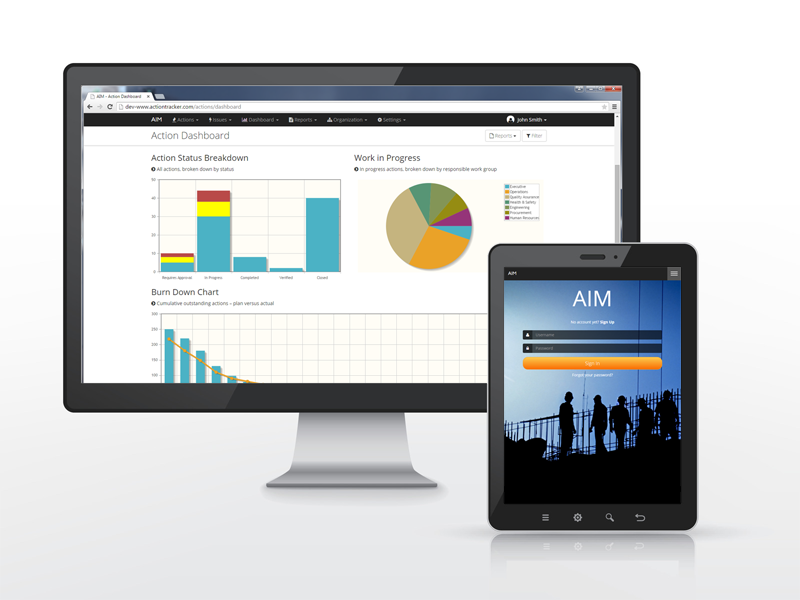What are Description and Cause Codes?
In a healthy issue tracking system, a significant number of low level events are recorded each year. For example, the best performing nuclear power plants in the world capture several thousand events per reactor annually 1.
Pulling relevant insights and trends out of this large data pool is both time-consuming and technically challenging. In order to manage this efficiently, we can categorize issues using description codes and cause codes.
A description code is determined at the time the issue is observed, without the need for detailed causal analysis. They describe the "what" of the issue . For example: "equipment misuse" or "falls from height" are description codes.
Cause codes are determined at the time of evaluation, and describe the contributing factors underlying the issue. They describe the "why" of the issue. For example: "failed to provide proper training" or "too many concurrent tasks assigned to worker" are cause codes.
How do I Choose a Set of Description and Cause Codes?
Coding issues allows us to group data and more easily perform trend analysis. We can begin to determine underlying patterns in the data and take preventive actions prior to significant events occurring.
The ideal set of description and cause codes varies from organization to organization. The codes should be reviewed periodically and adapted as required. When putting a new system in place, it's important to select a solid starting point. We recommend beginning with a proven framework. Several examples are presented below:
| Coding System | Description |
|---|---|
| US Department of Defense – Human Factors Analysis and Classification System (HFACS) | Originally developed for use in civil aviation, and subsequently adapted and adopted by the US Department of Defence. HFACS focuses on the human performance factors that underlie accidents. For this reason, it serves as an ideal set of cause codes for field-based organizations like construction, oil and gas exploration, etc. |
| US Department of Energy – Occurrence Reporting and Causal Analysis System | Utilized by the US nuclear industry, the DOE causal analysis tree includes cause codes that stretch across design, engineering, equipment, materials, human performance, management, communications, and training. It is ideally suited for plant-based organizations like power generation, manufacturing, oil and gas production, etc. |
| Australian Safety and Compensation Council – Type of Occurrence Classification System | Developed for use in coding workers' compensation cases, this system categorizes events by specific injury or disease. It is ideally suited for coding health and safety events. |
| International Association of Oil & Gas Producers – Safety Data Reporting Users' Guide | OGP maintains the largest database of safety incidents in the oil and gas industry. Encompassing exploration, production, onshore, and offshore activities, this set of codes is a great all-purpose source for description and cause codes. |
Looking For a Plug-and-Play Tool to Track, Code, and Trend Issues?
AIM is a management software tool that enables leaders within an organization to effectively track issues and manage actions through their full lifecycle.
AIM includes an expert set of description codes combining industry best practices. It includes multiple sets of cause codes based on leading causal analysis frameworks. The software handles trending and report generation, so your leaders can focus on making rapid, fact-based decisions.
1 Low Level Event and Near Miss Process for Nuclear Power Plants: Best Practices
- Learning Centre Contents
- Plan-Do-Check-Act
Modeling the Continuous Improvement Process - The Management System Triumvirate
Bringing Quality, Environment, Health, and Safety Standards Together - The Safety Triangle
Why You Should Track Near Misses, Good Catches, Observations, and Low Level Events - Using Description Codes and Cause Codes
To Trend Quality, Environment, Health, and Safety Issues

